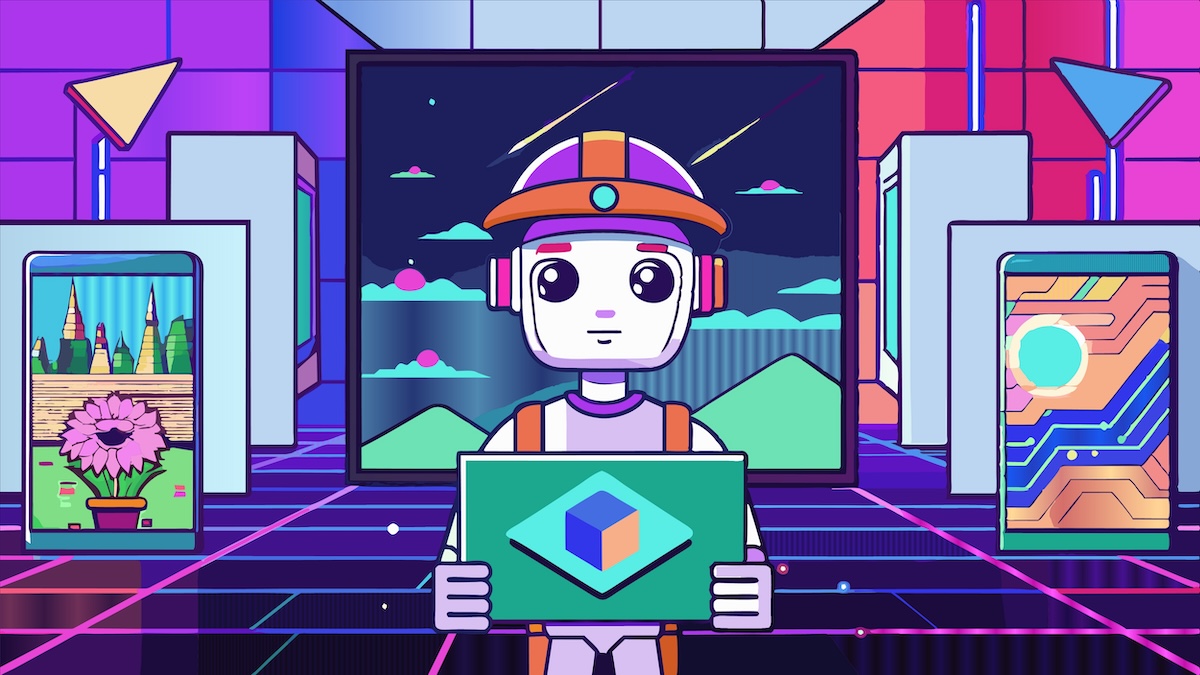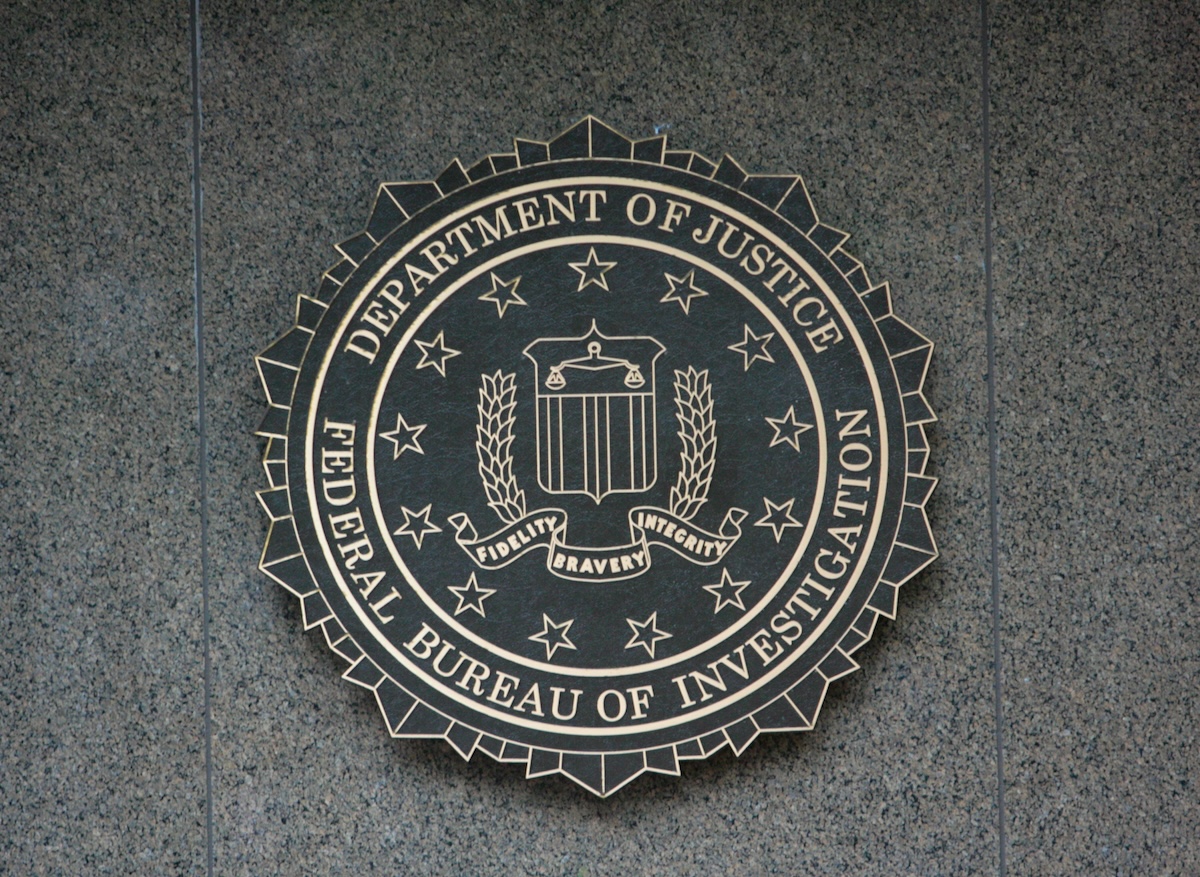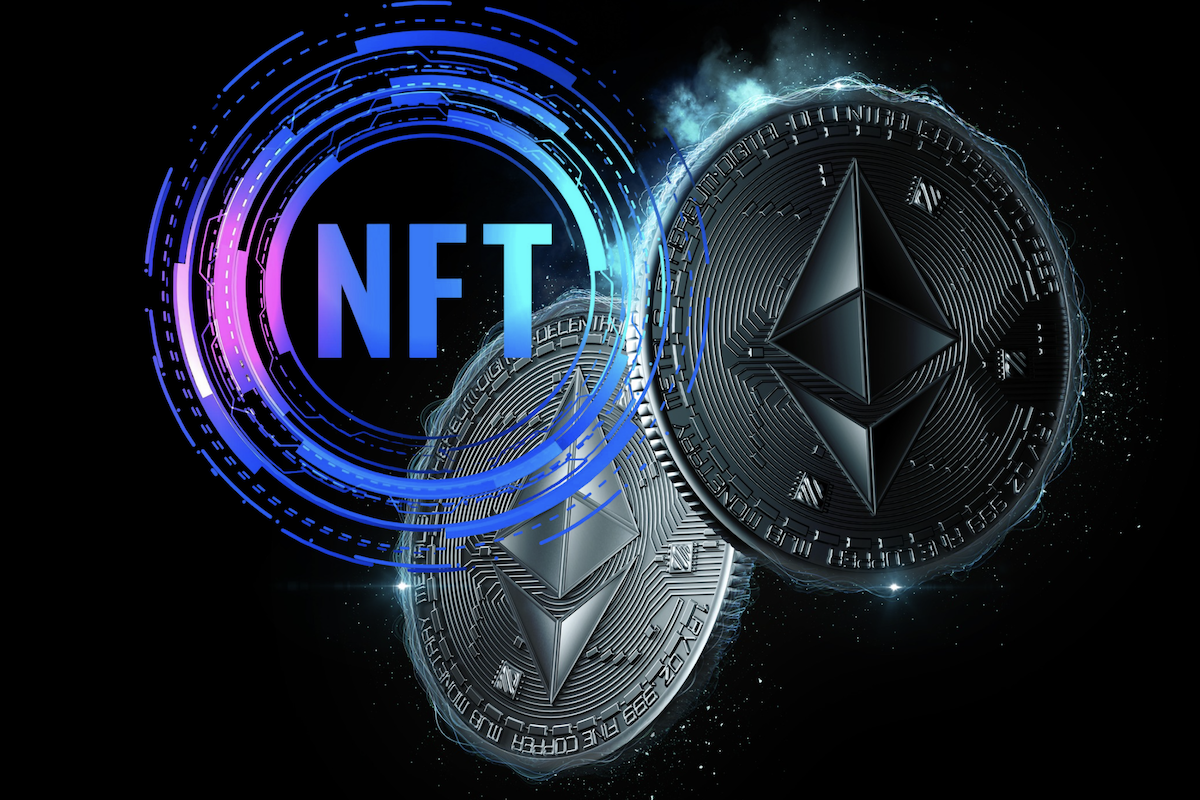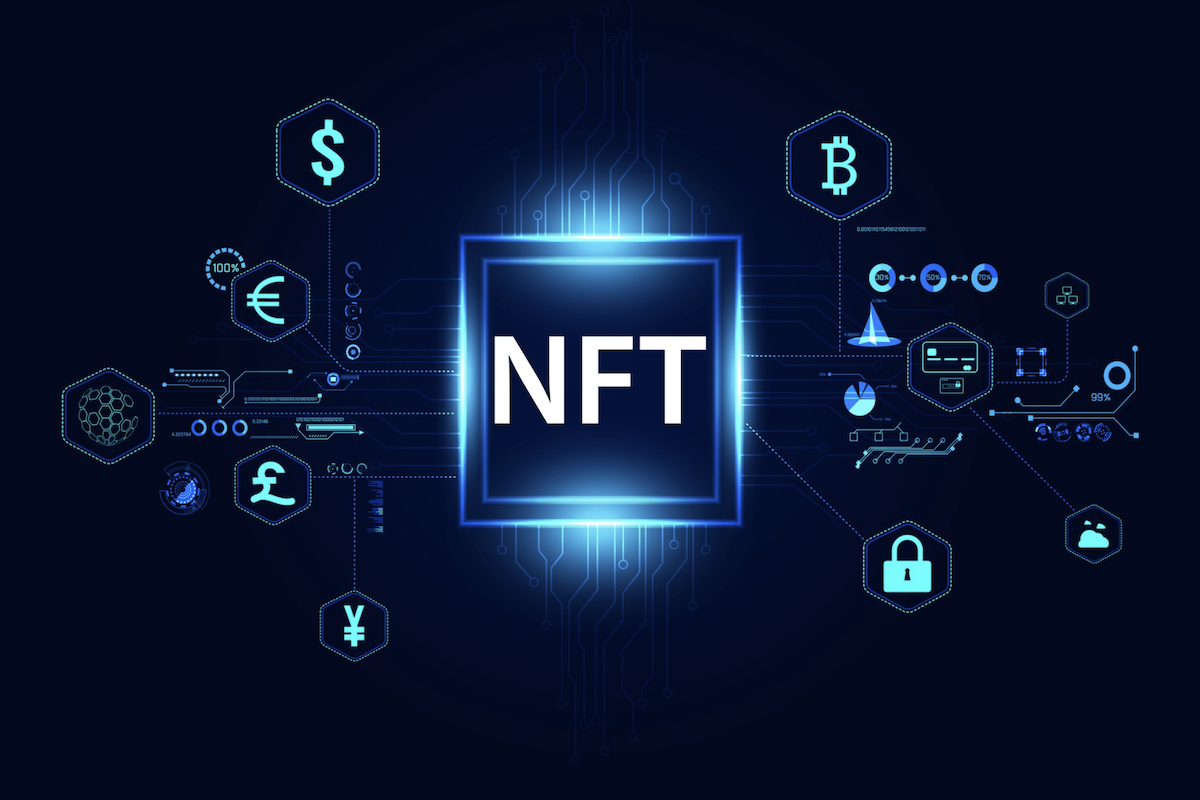How AI Is Powering the Next Generation of NFTs
Discover how AI-powered NFTs create intelligent, evolving digital assets that redefine creativity, ownership, and value in 2025 and beyond.

AI-powered NFTs are changing how digital art, gaming, and virtual identity work together. These intelligent collectibles can think, learn, and even evolve — creating new ways for creators and collectors to interact with digital assets.
Key Takeaways
Artificial intelligence is giving NFTs dynamic, learning, and interactive abilities.
Artists and brands are using AI tools to create, mint, and sell more sophisticated digital collectibles.
Legal and copyright debates continue as AI-generated art becomes mainstream.
AI-powered NFTs are transforming digital identity and ownership across Web3 and gaming.
The next stage of NFTs isn’t speculation — it’s intelligent creativity.
What Are AI-Powered NFTs?
AI-powered NFTs are digital collectibles that combine machine learning models with blockchain technology. Unlike static NFTs, these assets can change over time — adapting to data, owner behavior, or real-world events.
Imagine owning a piece of digital art that grows, speaks, or evolves as you interact with it. That’s the essence of AI-powered NFTs — living tokens infused with intelligence.
Examples in Action
Alethea AI’s iNFTs — NFTs with personalities that talk and learn.
Botto — an AI artist creating and auctioning new pieces every week based on community feedback.
Altered State Machine (ASM) — AI brains for digital avatars that train and evolve inside games or metaverses.
These projects show that NFTs can be more than collectibles; they can act as digital beings or autonomous collaborators.
How AI Creates and Powers NFTs
AI-generated NFTs start with a prompt — a phrase or concept fed into an AI model like DALL·E, Midjourney, or Stable Diffusion. The algorithm turns that input into visual art, music, or even code.
Once created, the artwork is minted on a blockchain as a non-fungible token, recording its origin and ownership. But AI’s role doesn’t stop at creation. Some projects integrate models directly into the NFT’s metadata, giving it ongoing “intelligence.”
The Creation Pipeline
Concept or Prompt: The artist feeds an idea to an AI generator.
AI Generation: A machine learning model produces multiple outputs.
Curation: The creator selects and refines the best result.
Minting: The final asset is tokenized on-chain with smart contracts.
Interaction: Owners or users can influence the NFT’s behavior or evolution.
AI makes the creative process faster and often more experimental. It also invites new forms of collaboration between humans and algorithms.
The Rise of Interactive and Dynamic NFTs
We’re moving from static collectibles to dynamic NFTs that react to input or change over time. These tokens may alter appearance based on user interaction, environmental data, or blockchain events.
For example, an NFT character could “learn” from its owner’s decisions in a virtual world. In gaming, AI NFTs can evolve, gain skills, or form emotional connections with players. In digital art, they might transform colors or textures depending on time of day or social engagement.
Use Cases
Interactive art installations: Artworks that evolve based on AI analysis of audience reactions.
AI companions: Collectible avatars that chat, assist, or entertain in the metaverse.
Smart collectibles: NFTs that adapt their rarity or design based on market trends.
These features turn ownership into participation — shifting the role of the collector from passive holder to active collaborator.
AI’s Role in NFT Valuation and Curation
AI isn’t just creating NFTs — it’s helping people understand and value them. Advanced algorithms can assess rarity, aesthetic quality, and market sentiment far faster than humans.
Platforms are using machine learning for:
Price prediction: Estimating NFT values using past sales and social metrics.
Fraud detection: Identifying copied art or fake collections.
Curation: Recommending NFTs to collectors based on taste and behavior.
This data-driven approach supports both transparency and trust in an often unpredictable market.
Ownership, Copyright, and Ethics
AI-generated art raises a serious question — who owns it?
Is it the person who typed the prompt, the model’s creator, or no one at all?
Authorities are starting to weigh in. In the United States, the Copyright Office has stated that purely AI-generated works without human involvement can’t be copyrighted. However, human–AI collaborations may qualify if there’s clear creative input.
Common Concerns
Training data: Many AI models are trained on copyrighted images without consent.
Attribution: Tracking which AI or dataset contributed to a work.
Fair compensation: Ensuring artists whose works train models are recognized.
Some platforms are experimenting with on-chain attribution, embedding model information directly into the NFT’s metadata. This helps preserve transparency about how the artwork was produced.
Making Money from AI NFTs
Can AI NFTs still make money in 2025? Absolutely — but the focus has shifted from hype to sustainability.
Artists are finding fresh opportunities:
Selling AI-generated collections directly on marketplaces like OpenSea or Foundation.
Offering personalized generative commissions — NFTs created in collaboration with collectors.
Launching membership tokens that grant access to ongoing AI-created art streams.
Case Studies
Refik Anadol, a Turkish media artist, uses AI data visualization to produce NFTs that sell for millions at auction.
Claire Silver, one of the most recognizable AI artists, builds entire narratives around machine collaboration.
Profitability now depends on originality, storytelling, and artistic quality — not speculation alone.
Security and Trust in AI-Driven Assets
AI-powered NFTs bring new security challenges. Since some tokens rely on live AI systems, protecting those systems becomes crucial.
Key Risks
Model tampering: Malicious users could alter or spoof the AI model behind a token.
Data leakage: Sensitive prompts or training data could expose private information.
Fake AI claims: Some projects might falsely label NFTs as “AI-generated” for marketing hype.
Blockchain helps mitigate these risks. By recording provenance, hashing AI model versions, and tracking interactions, creators can prove authenticity. Transparency about how and where AI is used is becoming a key trust factor for collectors.
The Future of AI-Powered NFTs
AI and NFTs are moving toward something extraordinary: autonomous digital entities that can act, learn, and trade on their own.
Imagine a future where:
Your NFT avatar learns your personality and represents you across virtual spaces.
Artists collaborate with AI co-creators trained on their previous works.
Entire AI-powered economies form inside games and metaverses.
This convergence will blur the line between creator and creation. As blockchain scalability improves and AI systems become more accessible, we’ll likely see millions of intelligent NFTs interacting across ecosystems — shaping how identity, creativity, and value work online.
Frequently Asked Questions
Here are some frequently asked questions about this topic:
What makes an NFT “AI-powered”?
An NFT becomes AI-powered when it includes machine learning or generative AI technology that allows it to evolve, interact, or produce new content after minting.
Are AI-generated NFTs legal to sell?
Yes, in most jurisdictions — as long as you own the rights to the artwork and follow marketplace terms. However, copyright issues may arise if AI training data includes copyrighted material.
Can I create my own AI NFT?
Absolutely. Anyone can use AI tools like Midjourney or DALL·E to generate visuals, then mint them using platforms such as OpenSea or Rarible.
Do AI NFTs hold real value?
Their value depends on creativity, community demand, and verifiable authenticity. The most successful projects combine artistic innovation with transparent technology.
Will AI replace human artists?
No. AI is a creative partner — a tool for ideation, experimentation, and storytelling. Human emotion and context still drive meaning in art.





